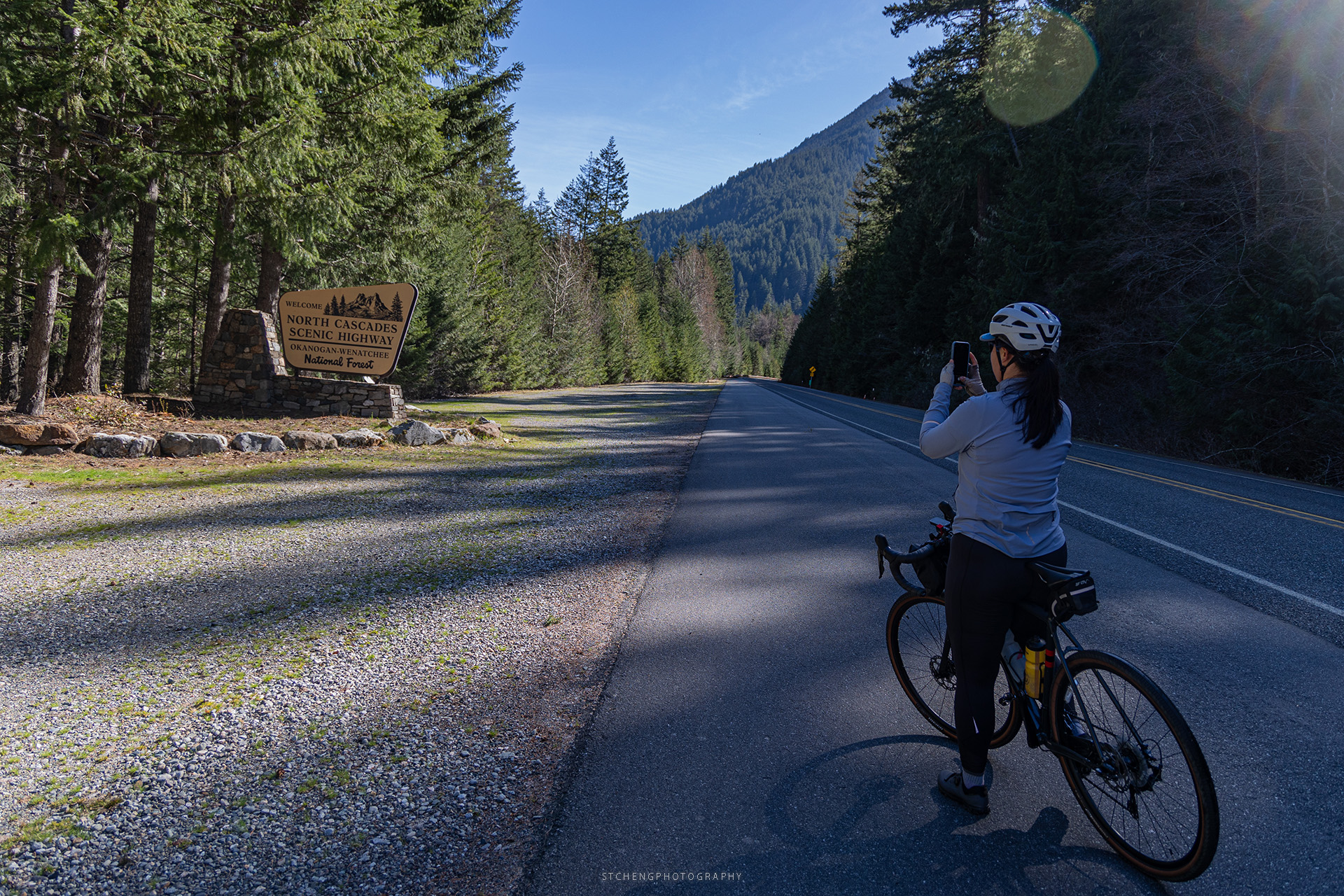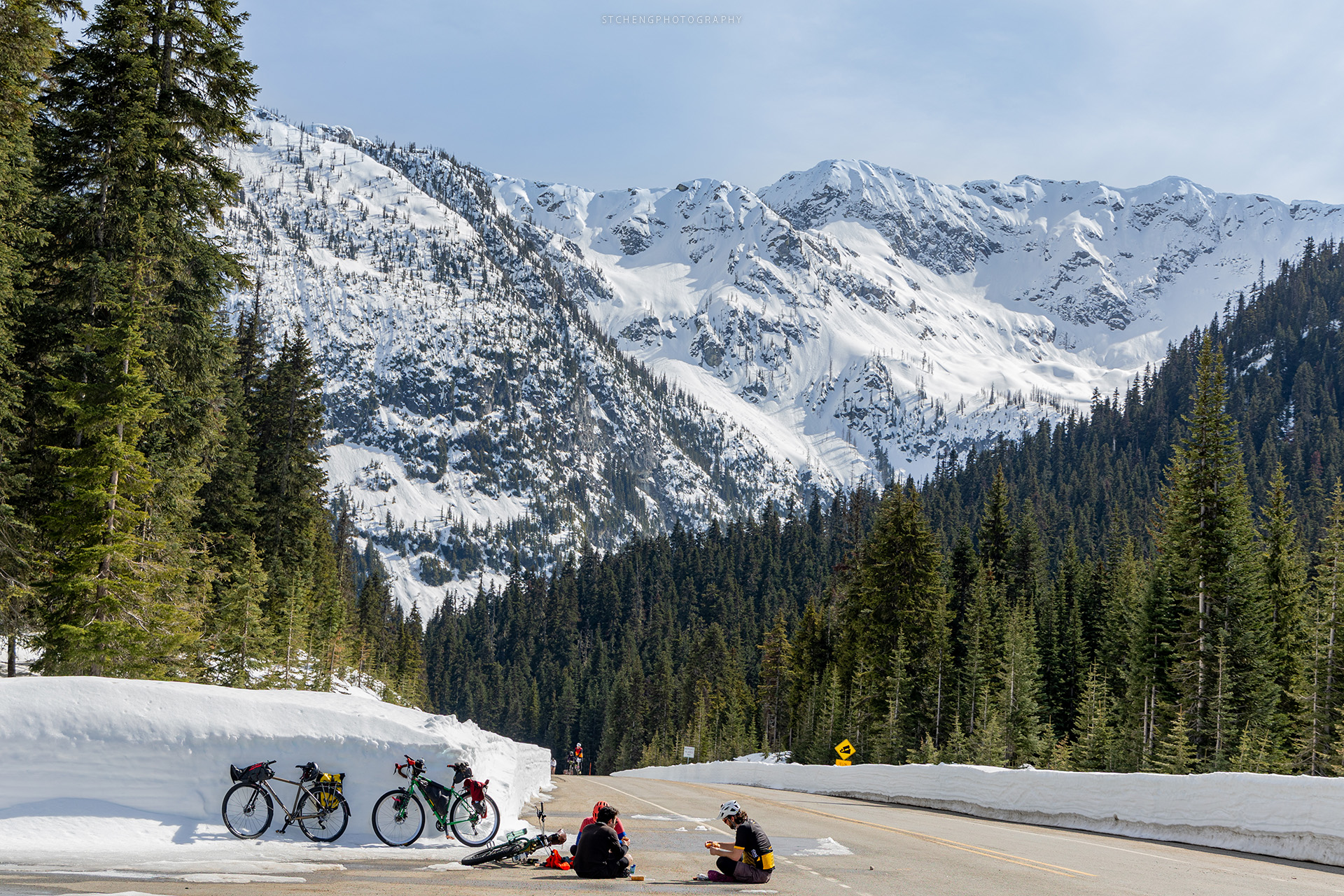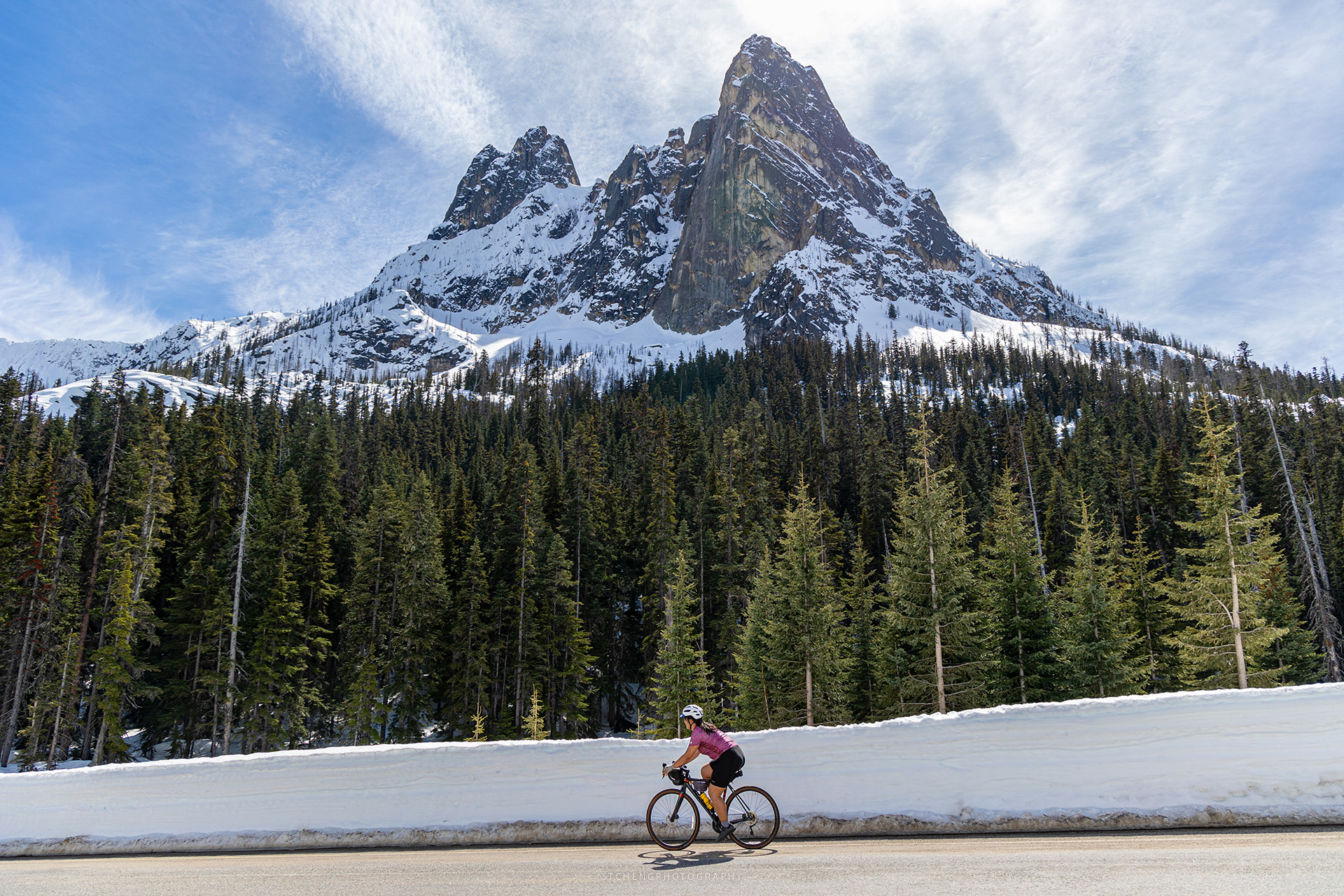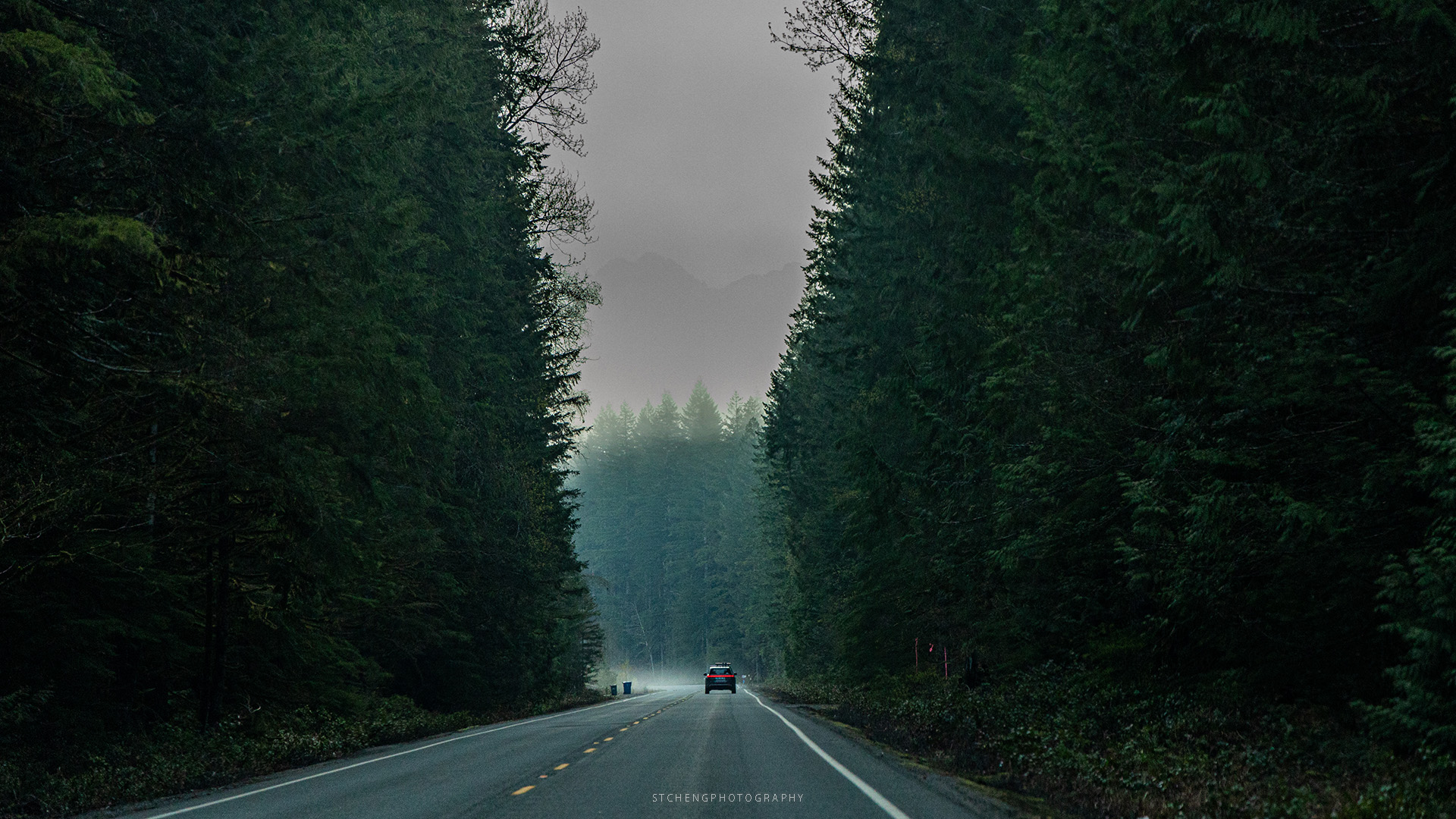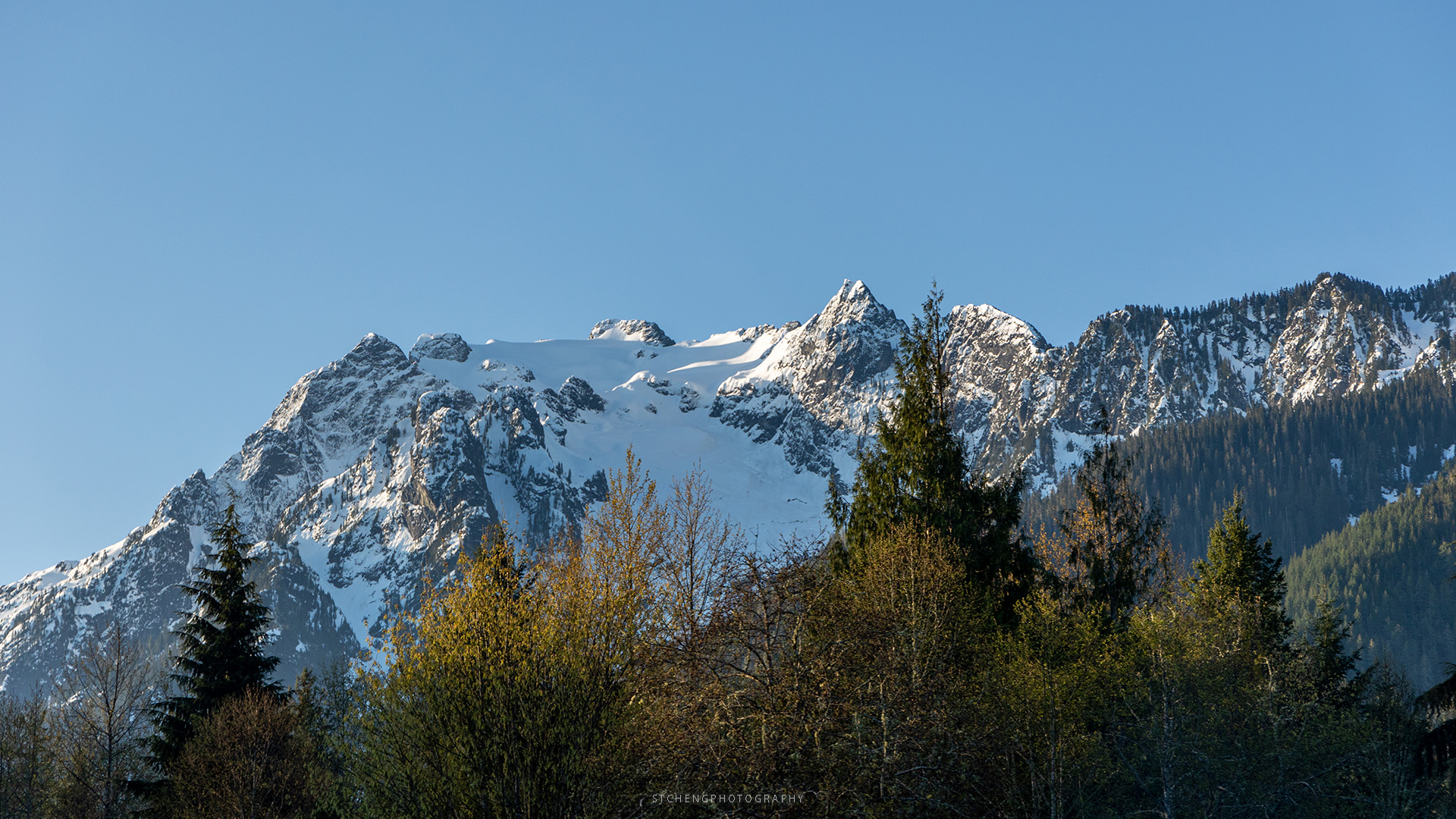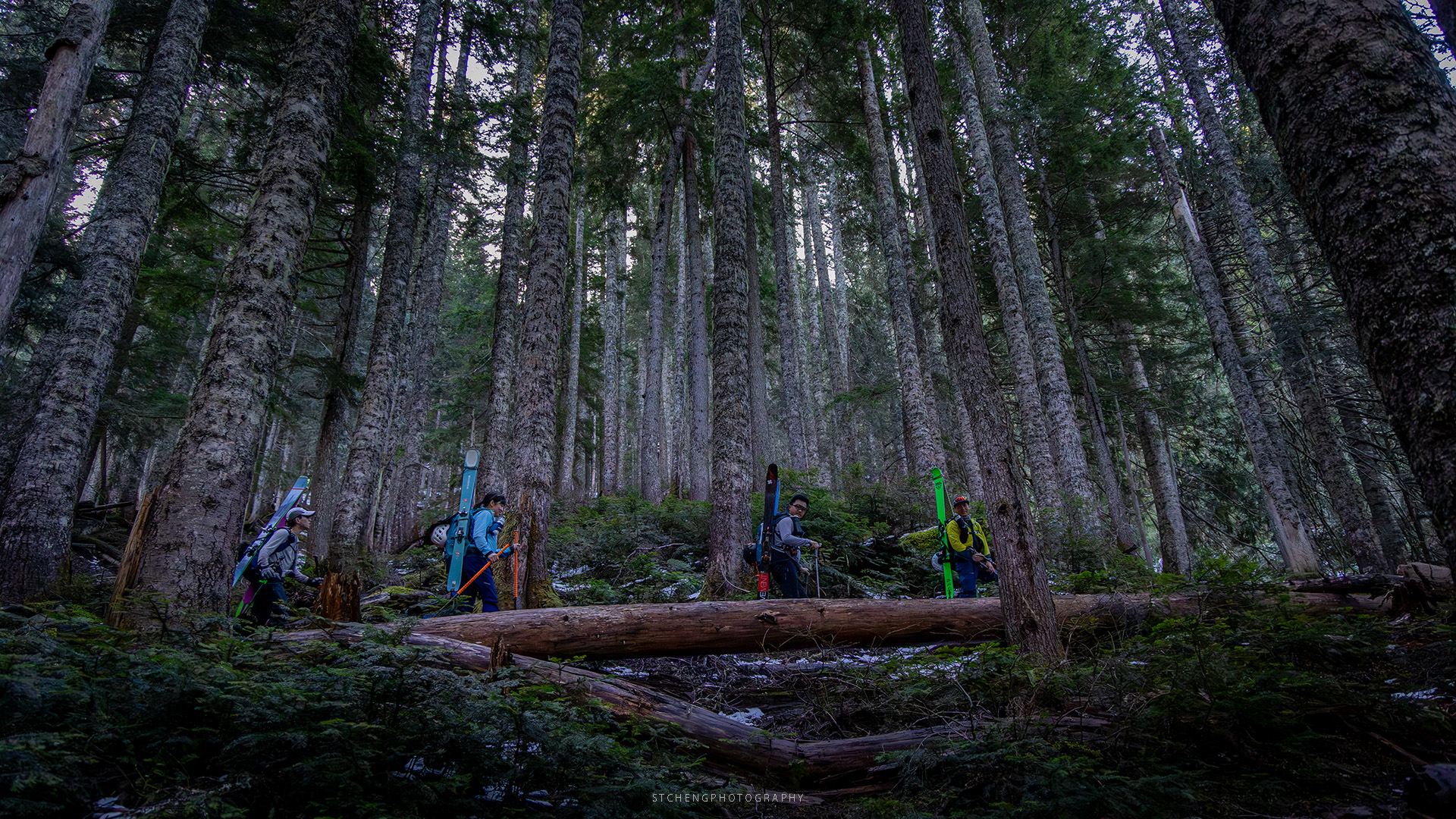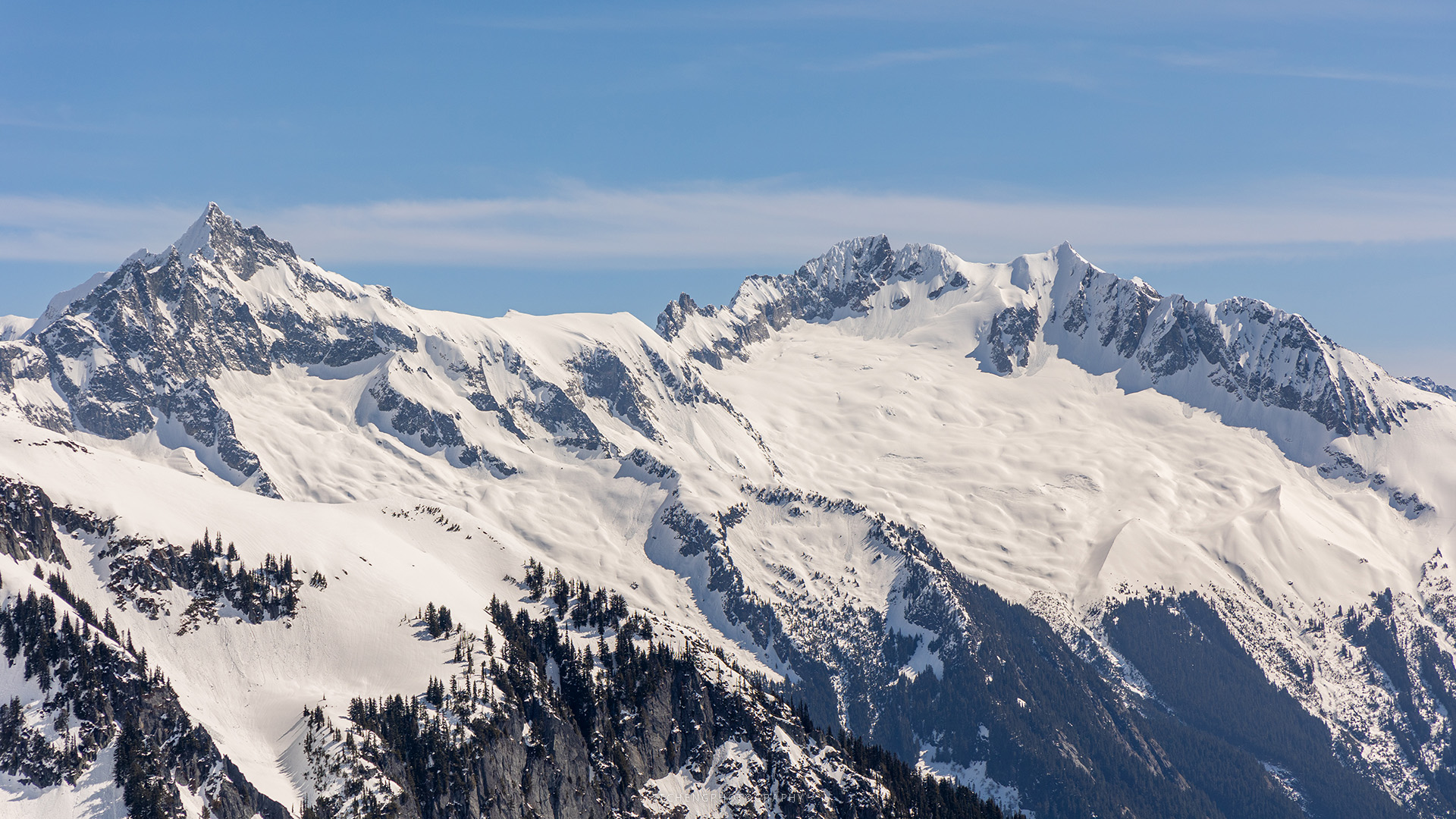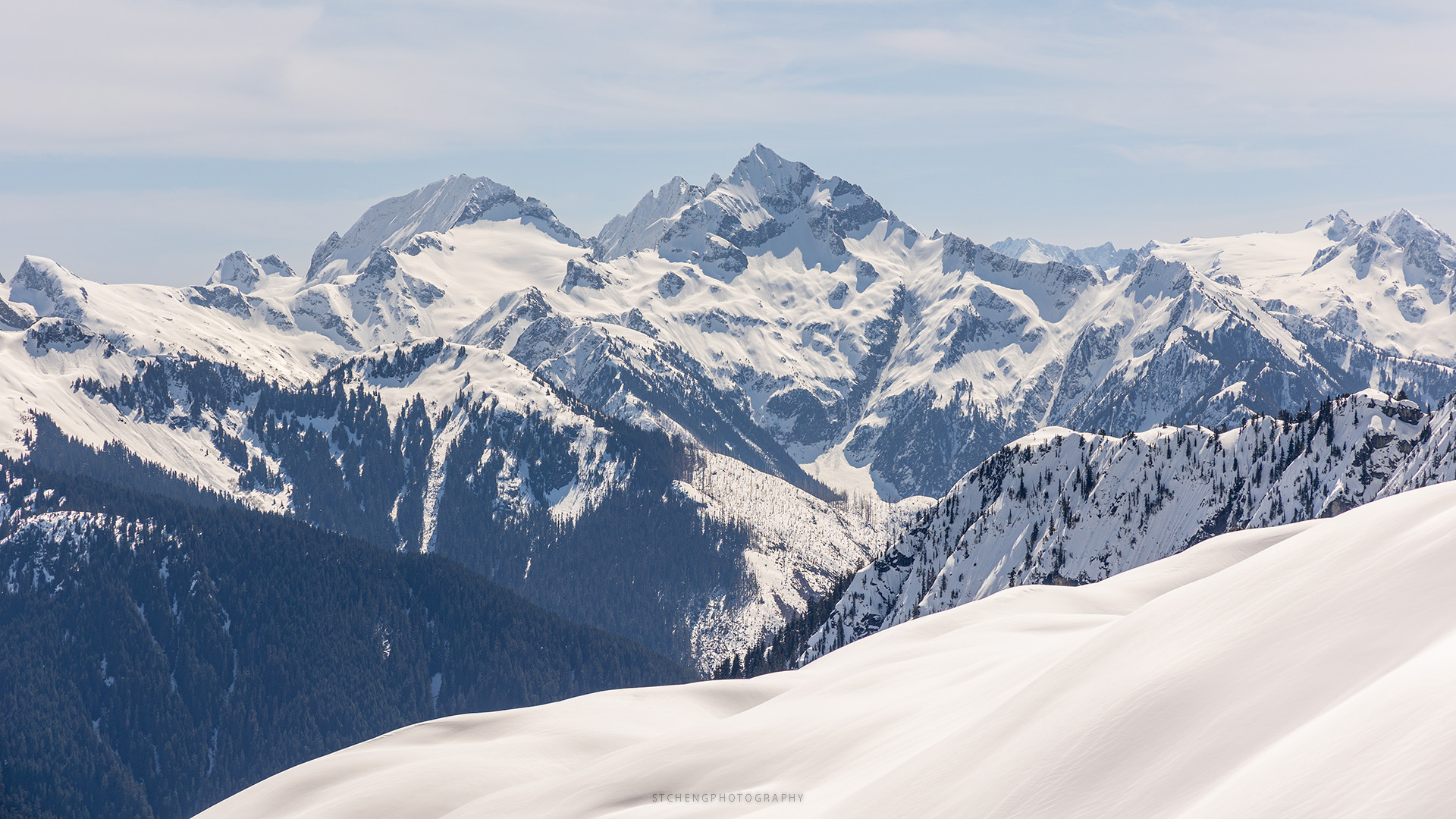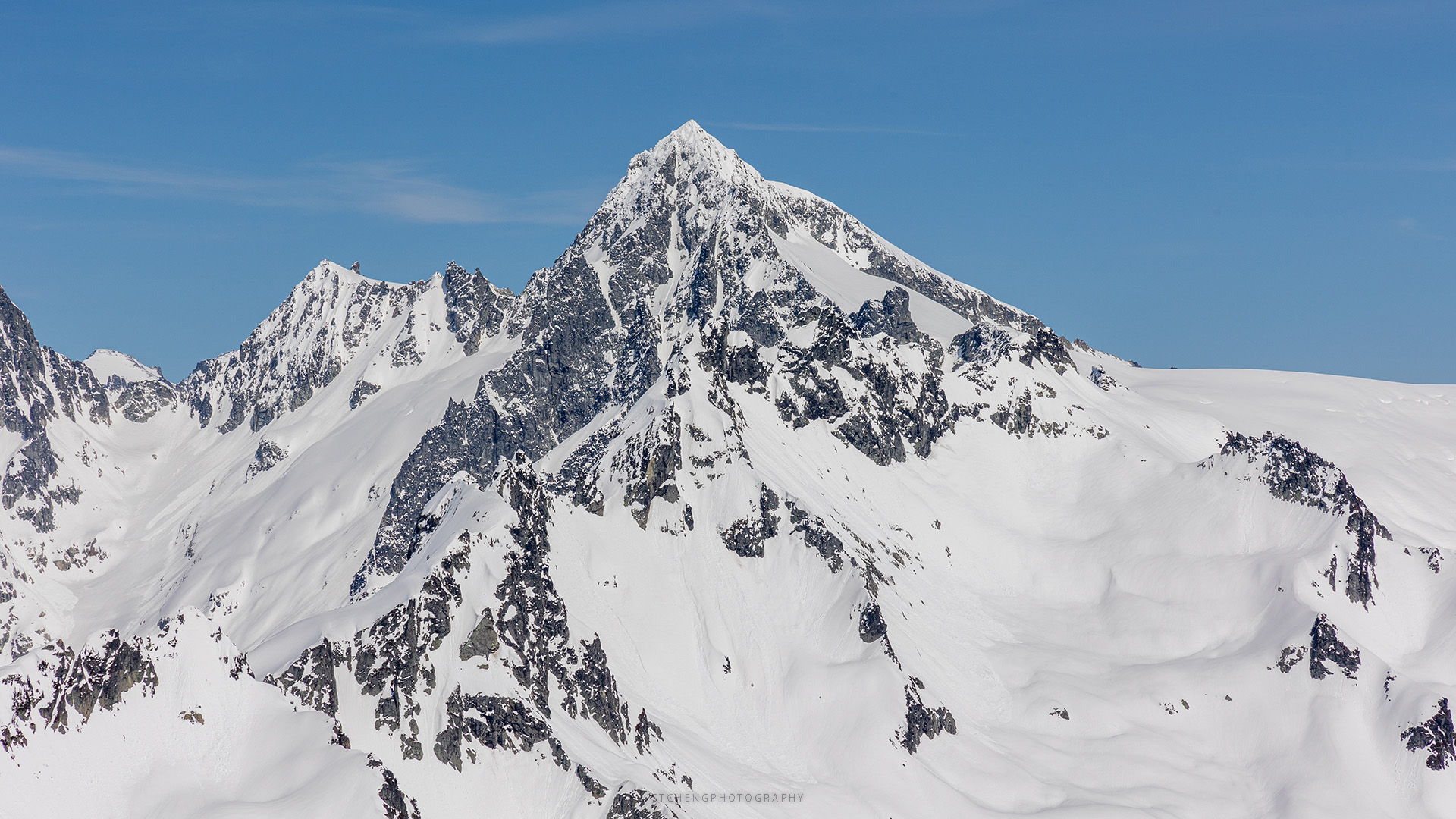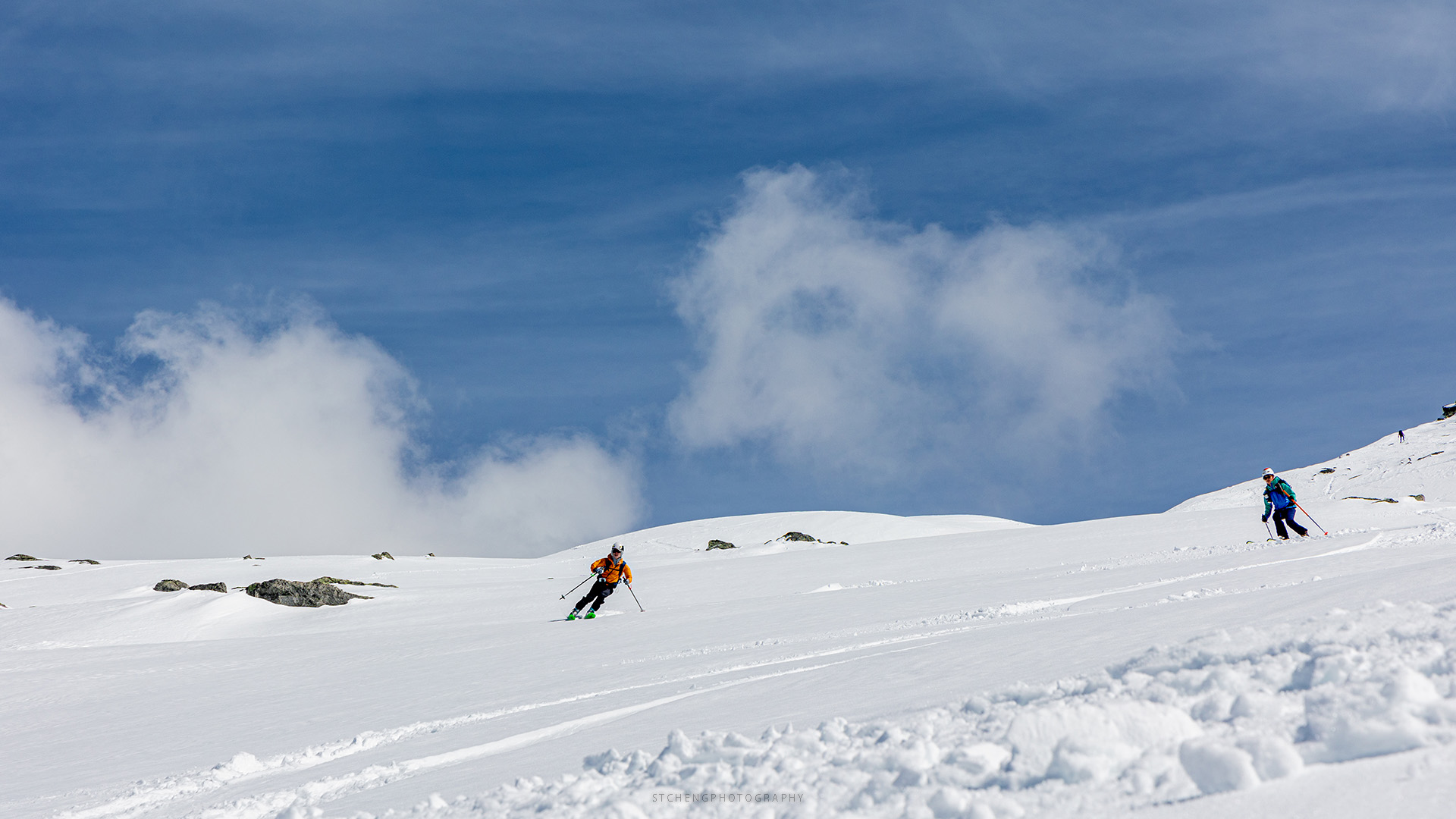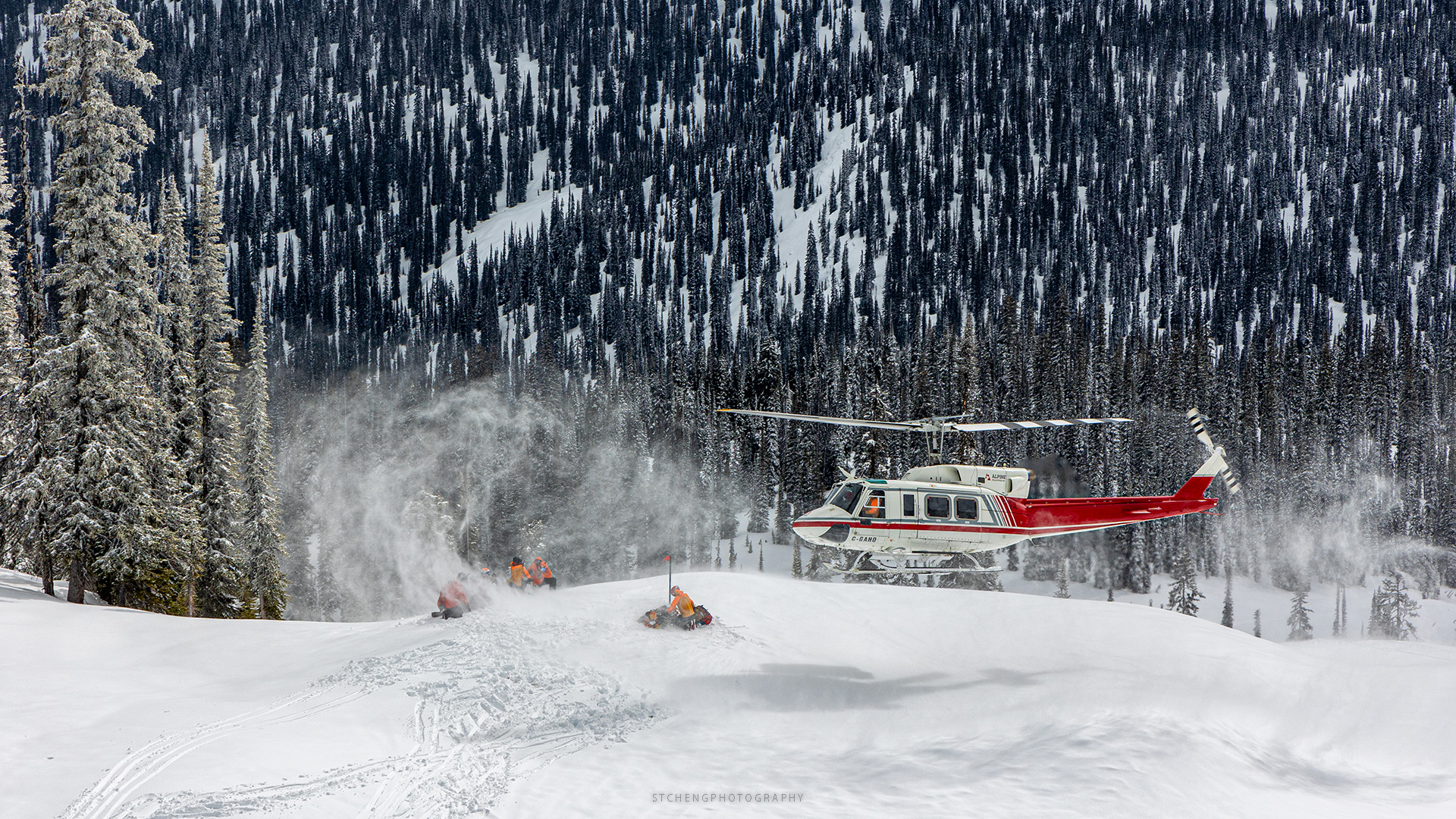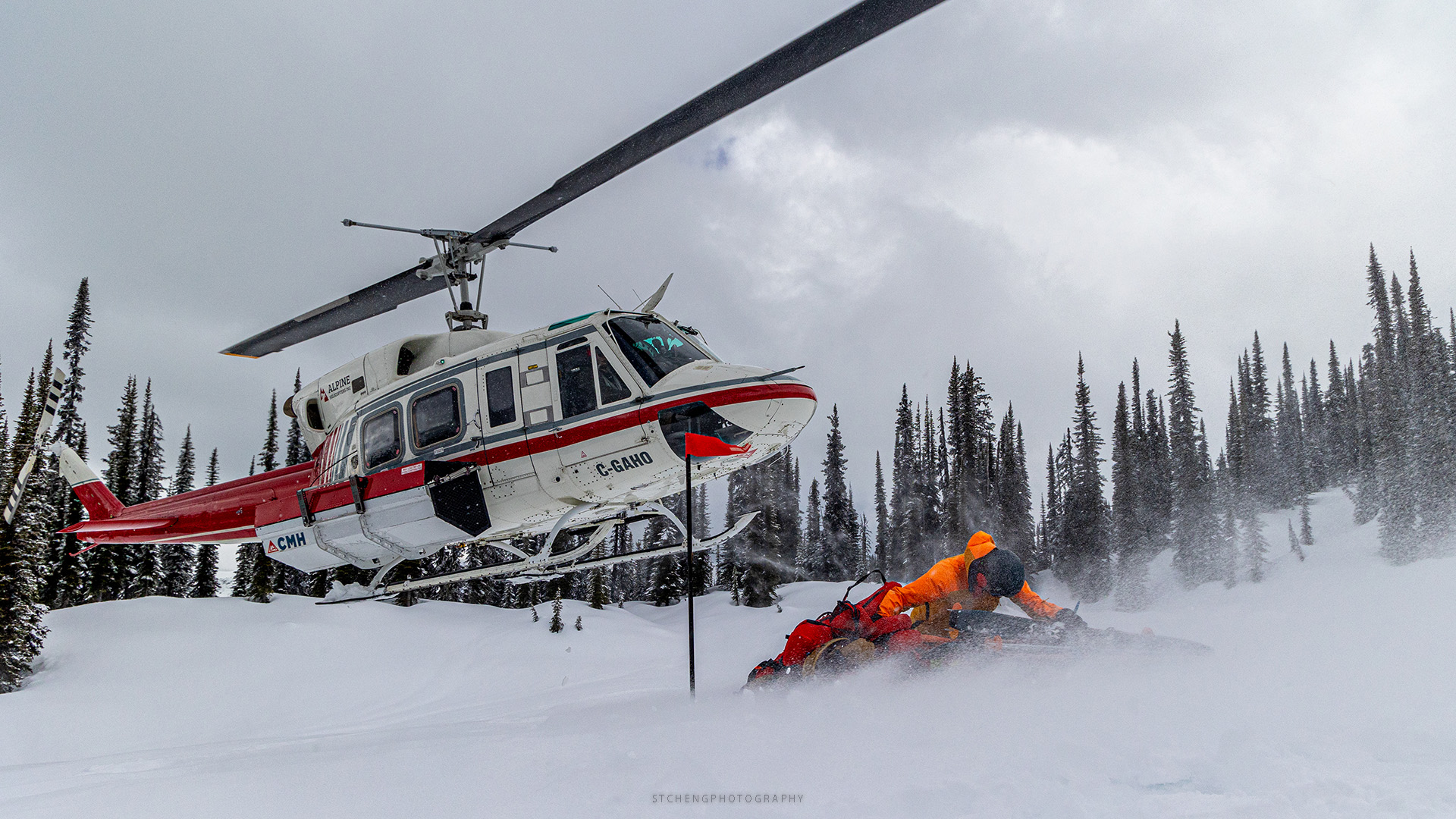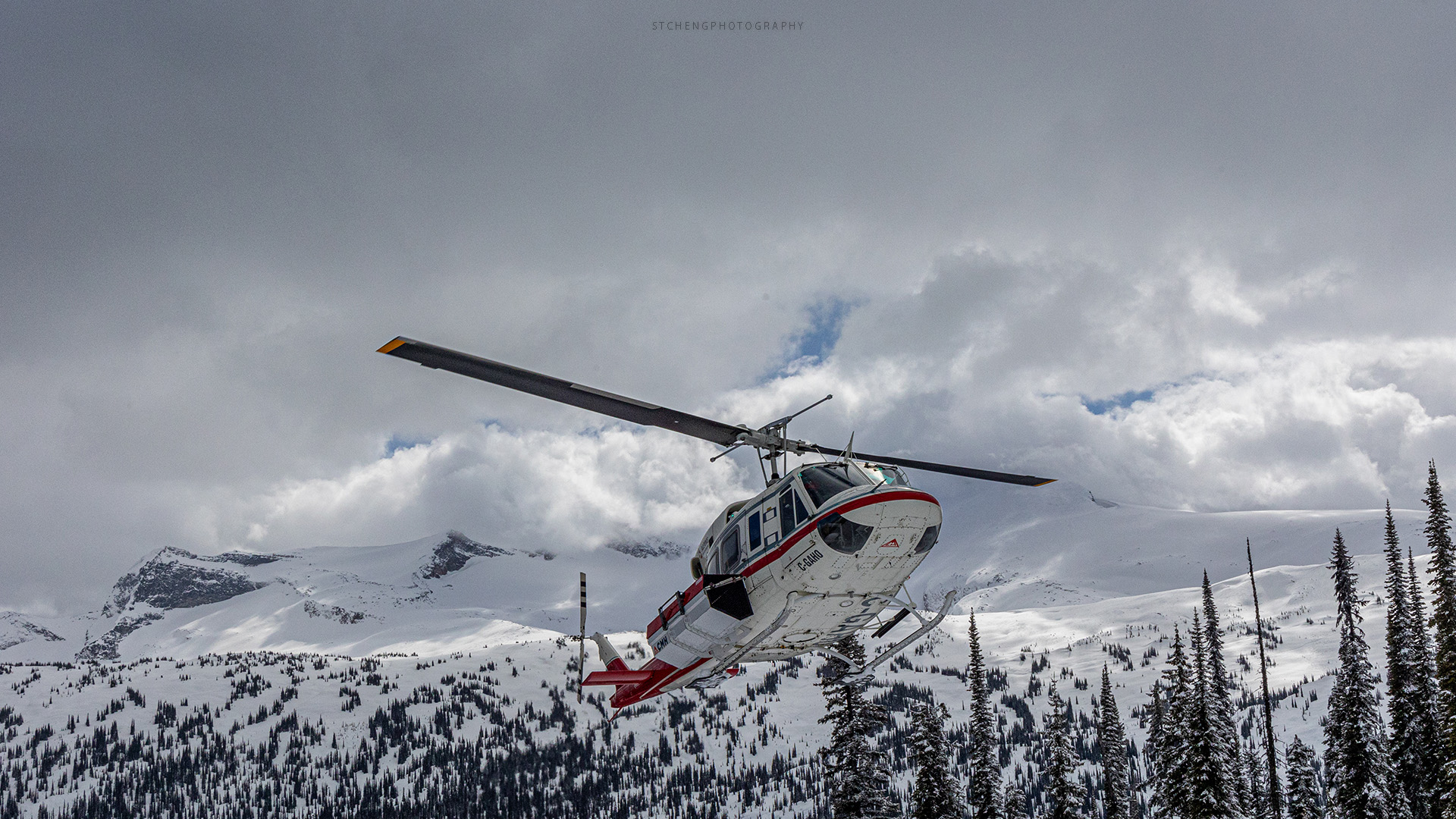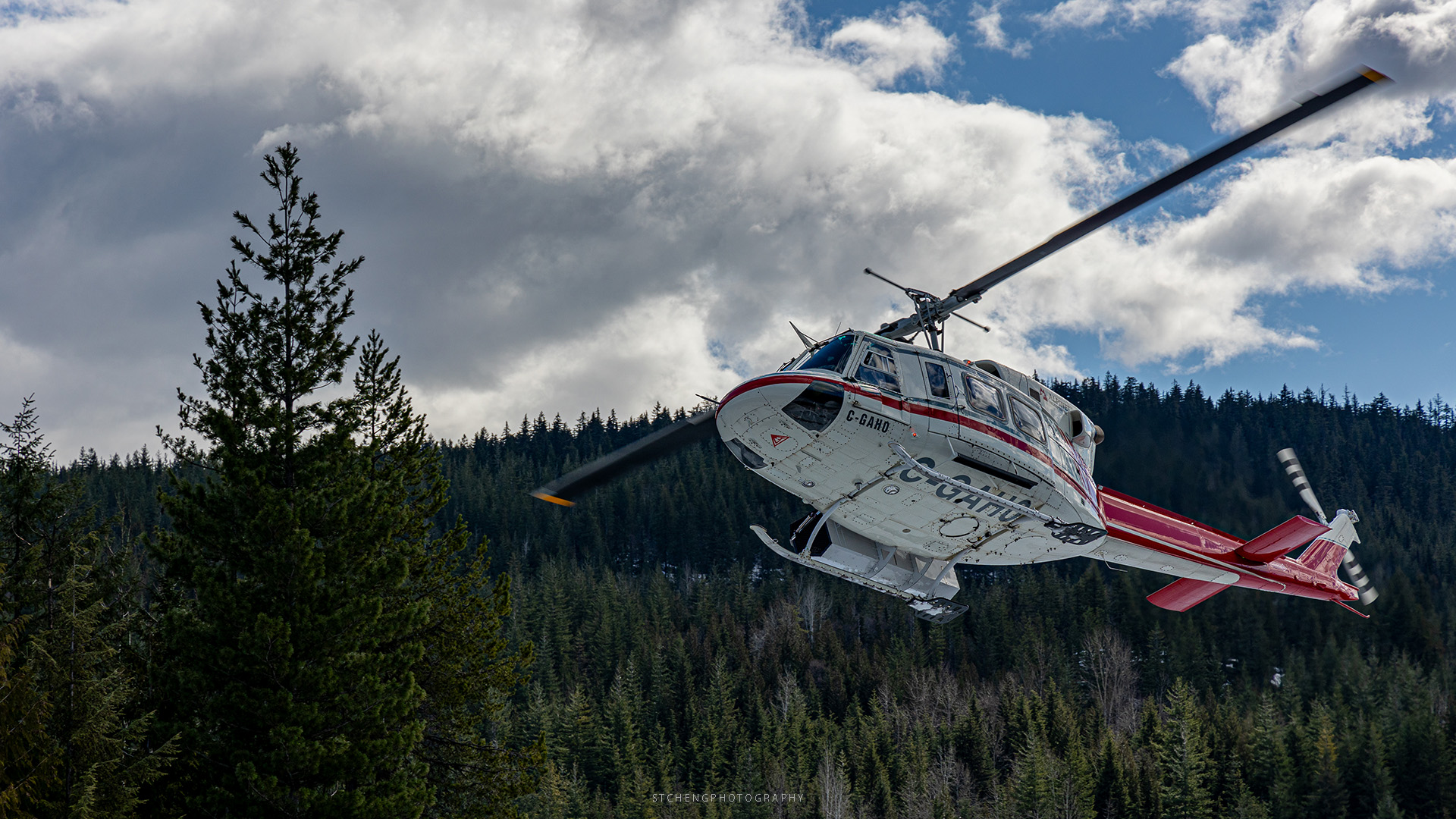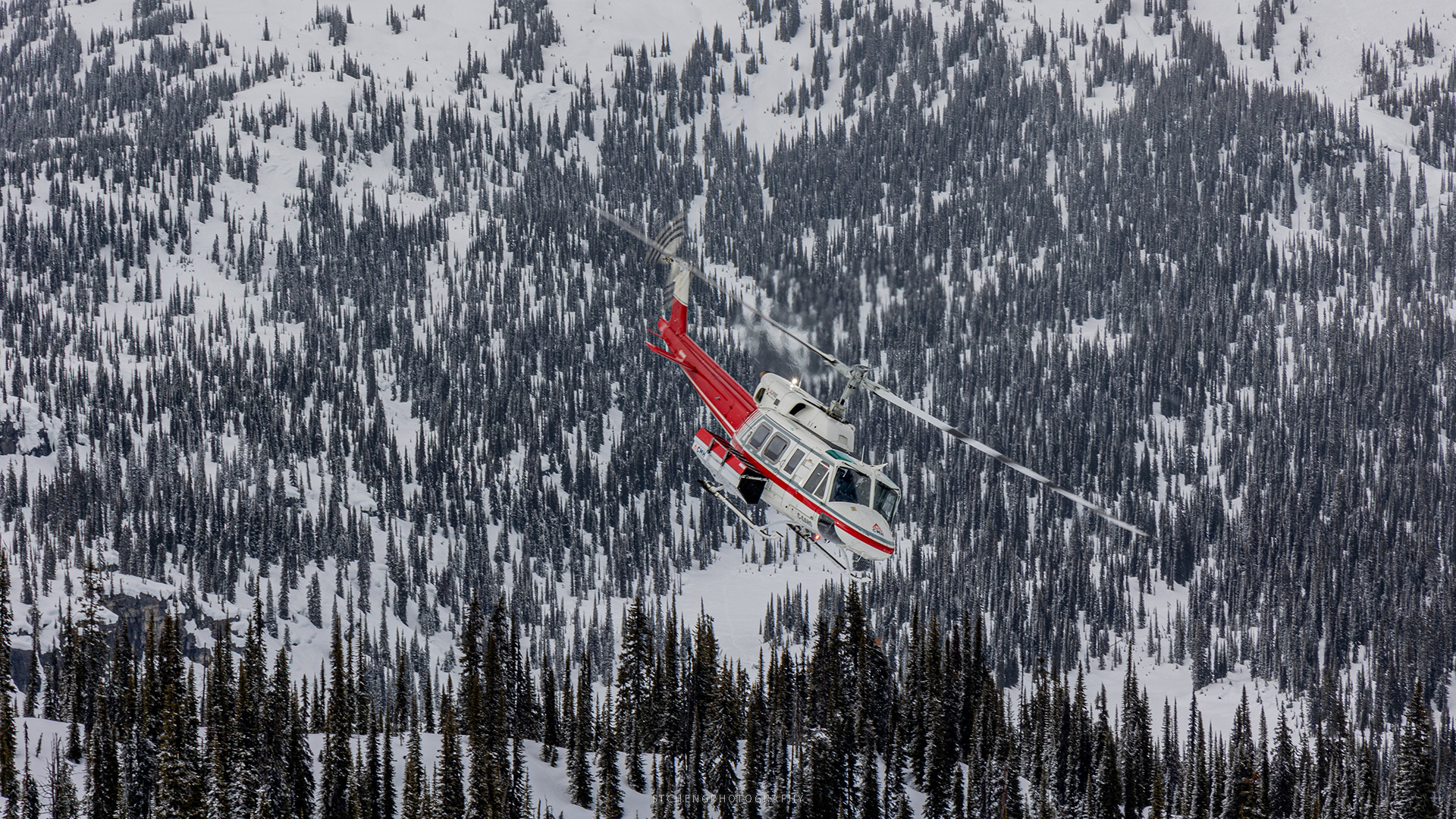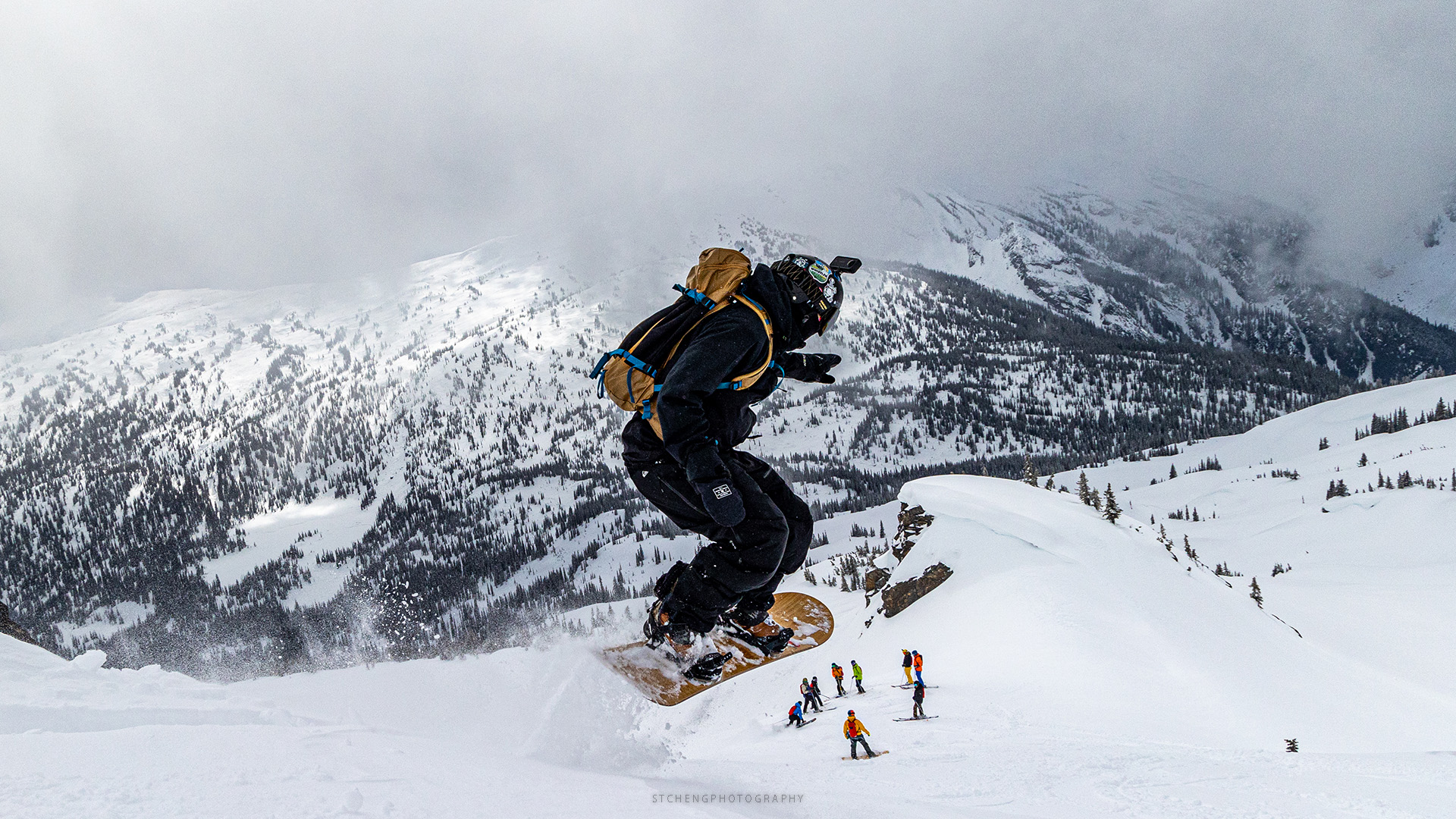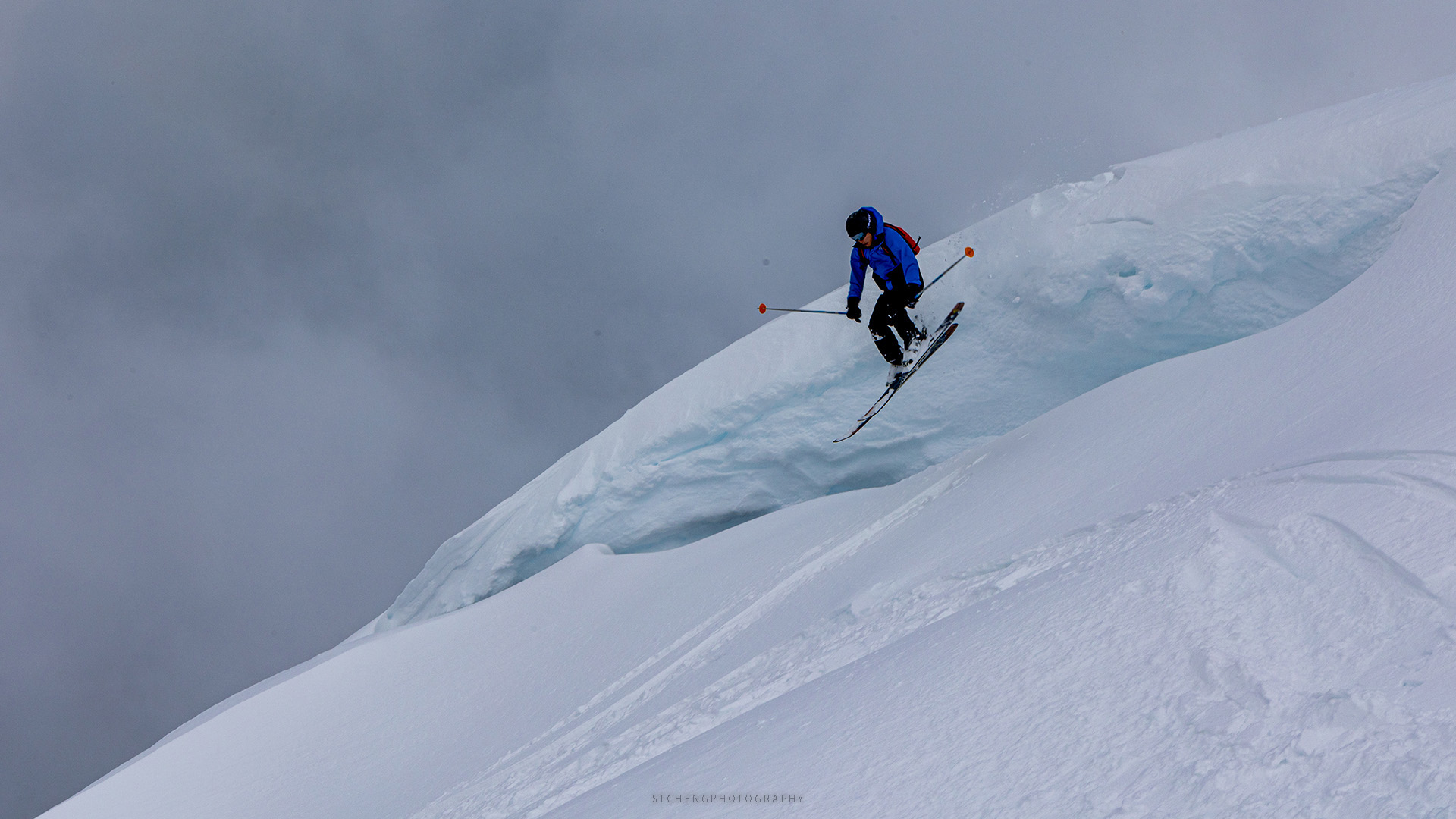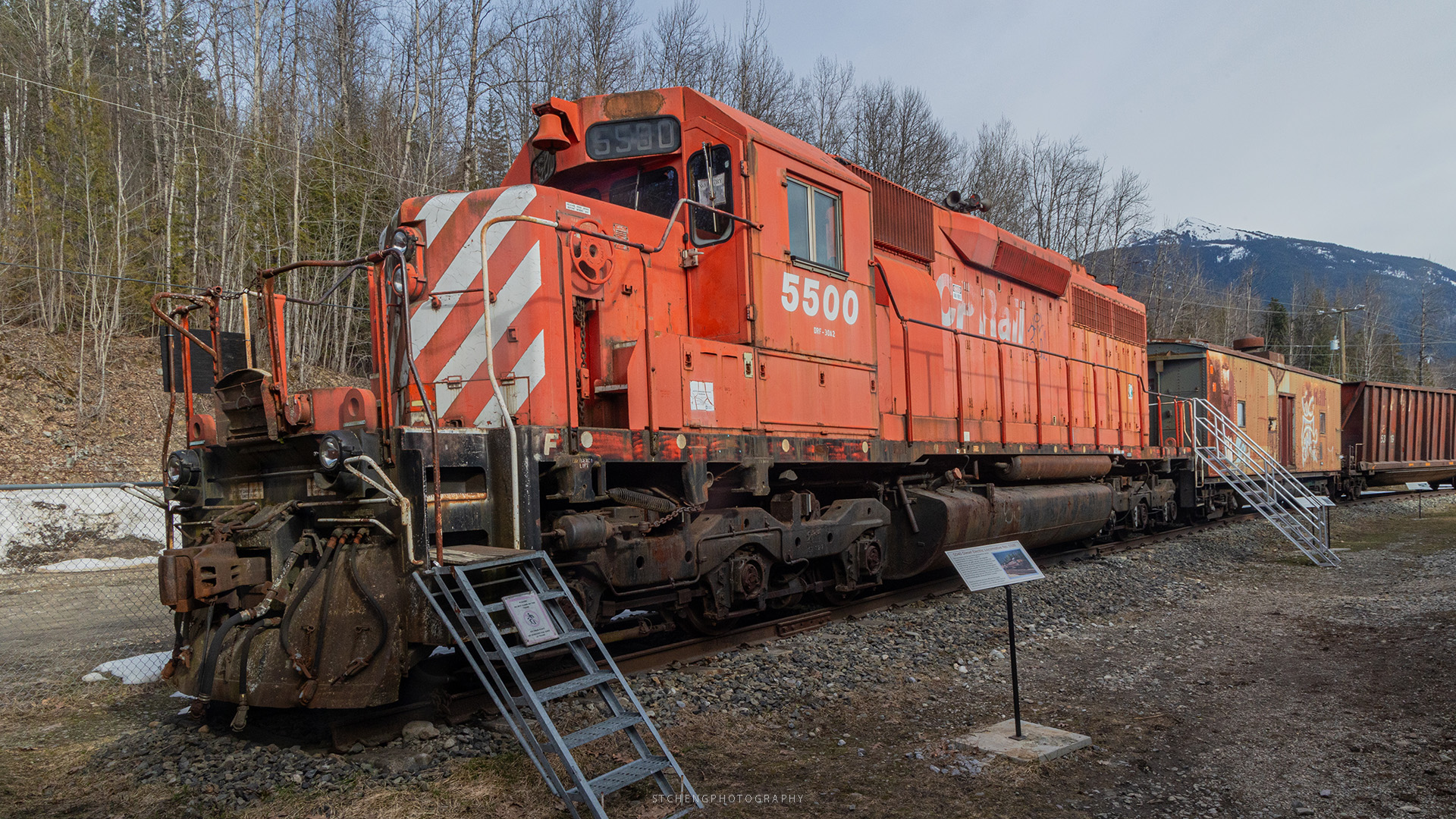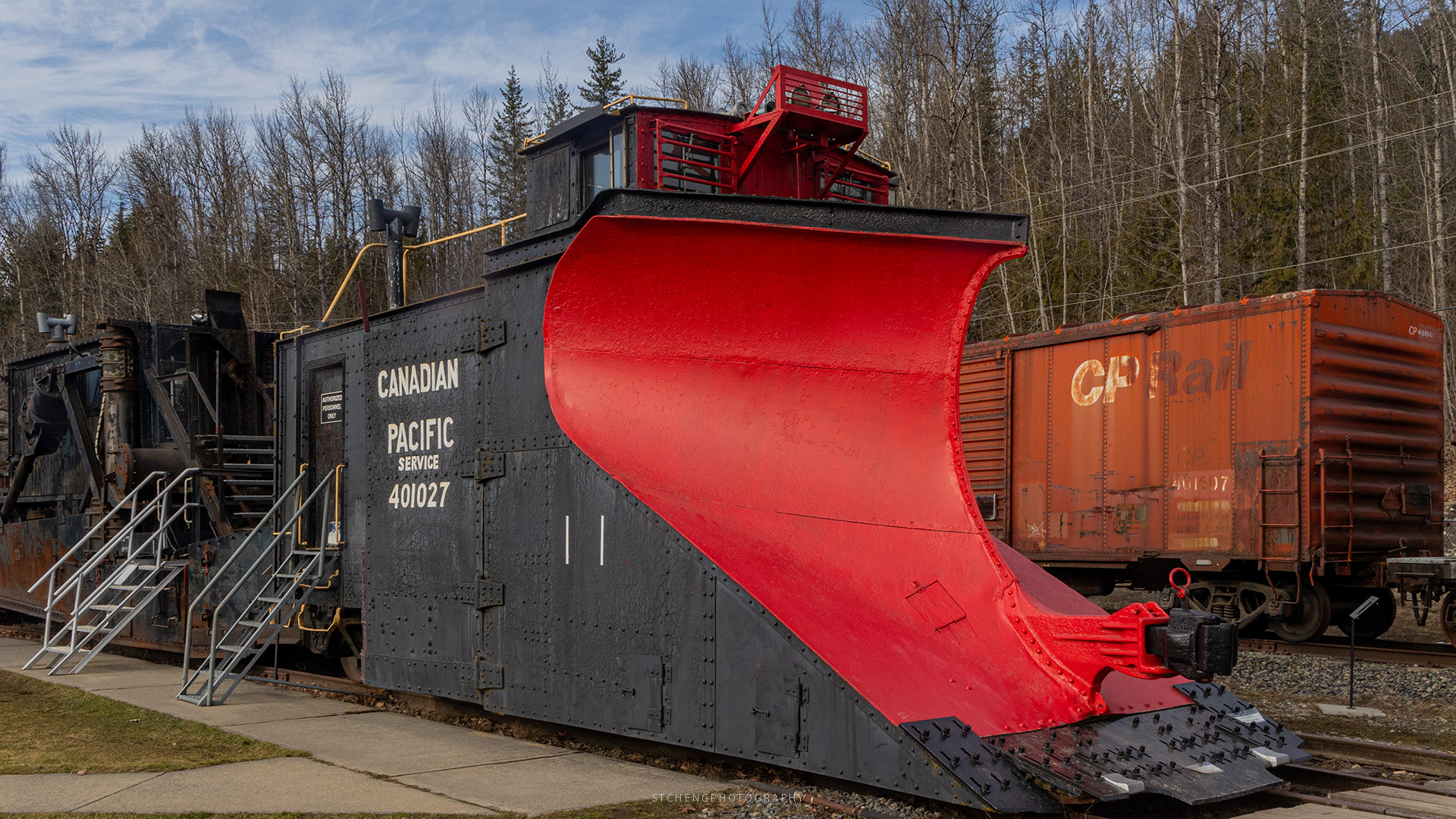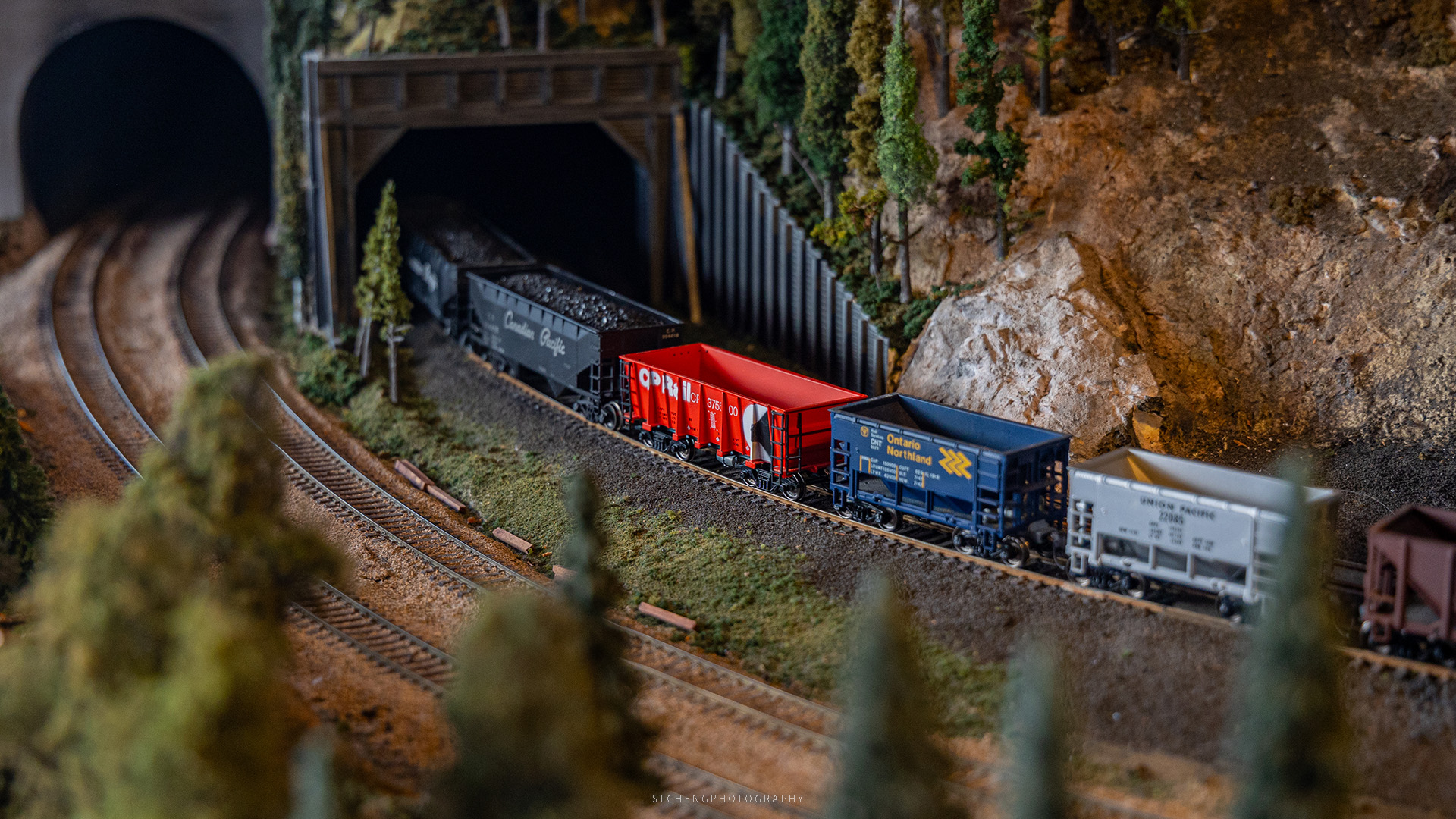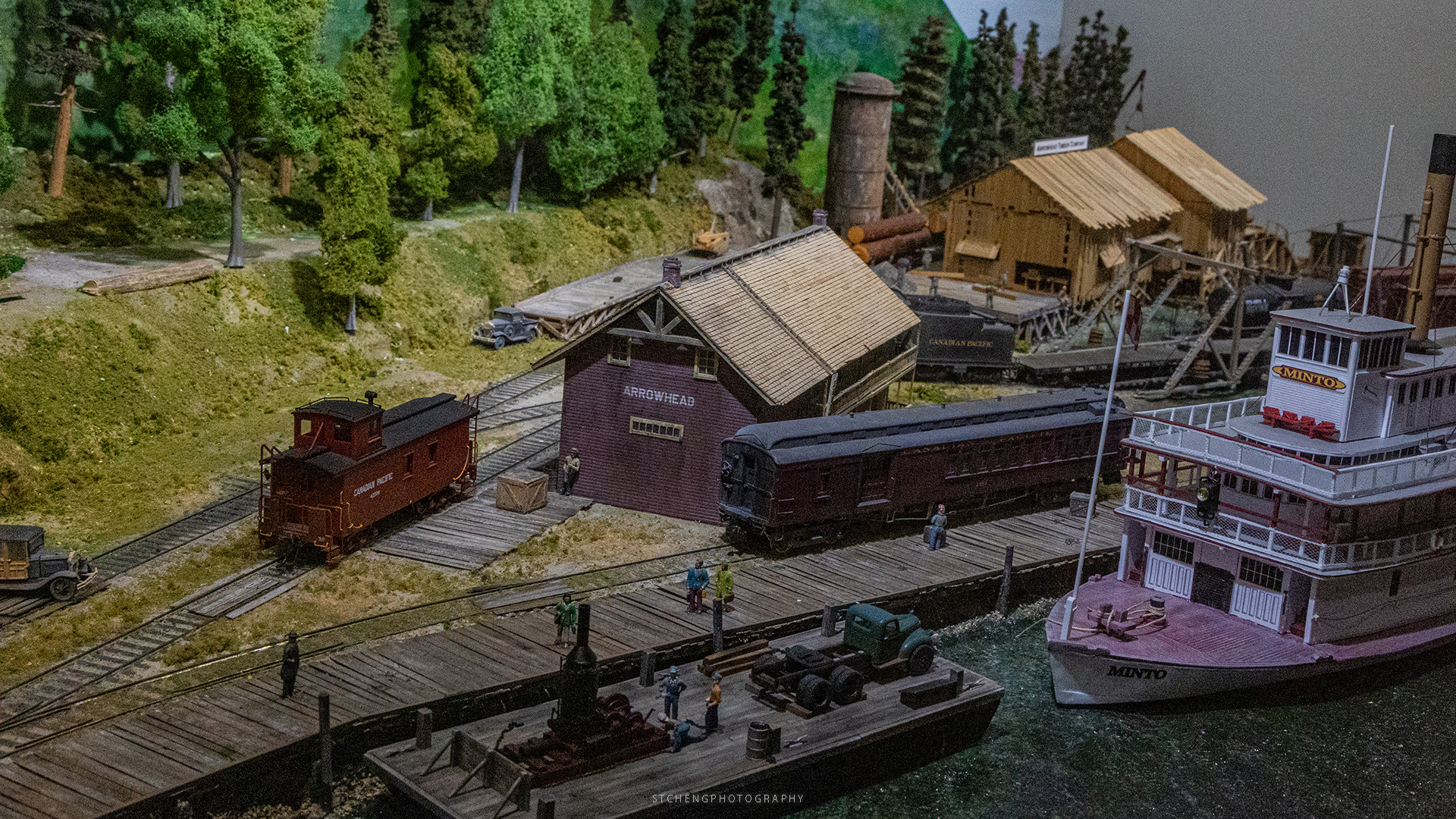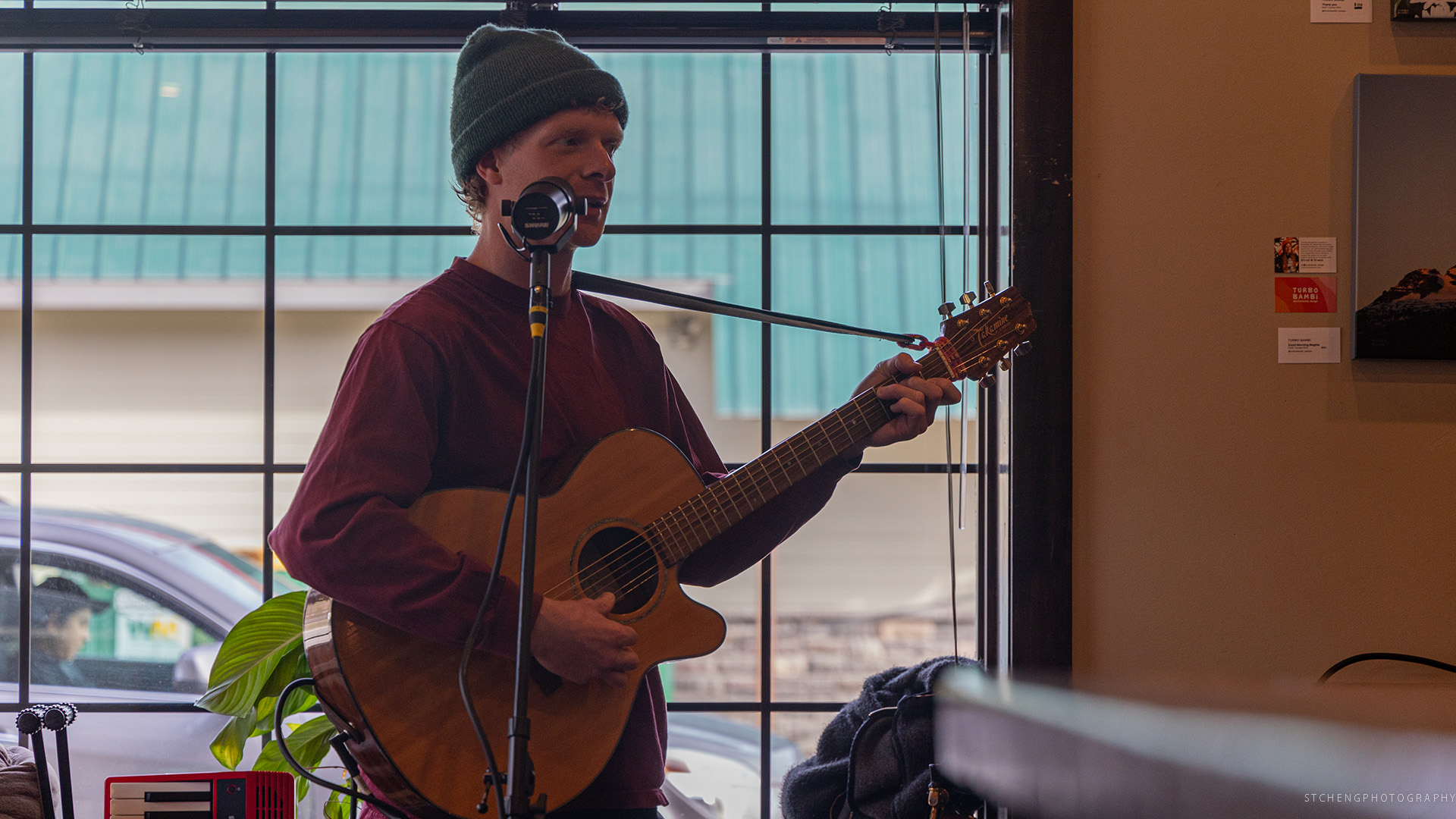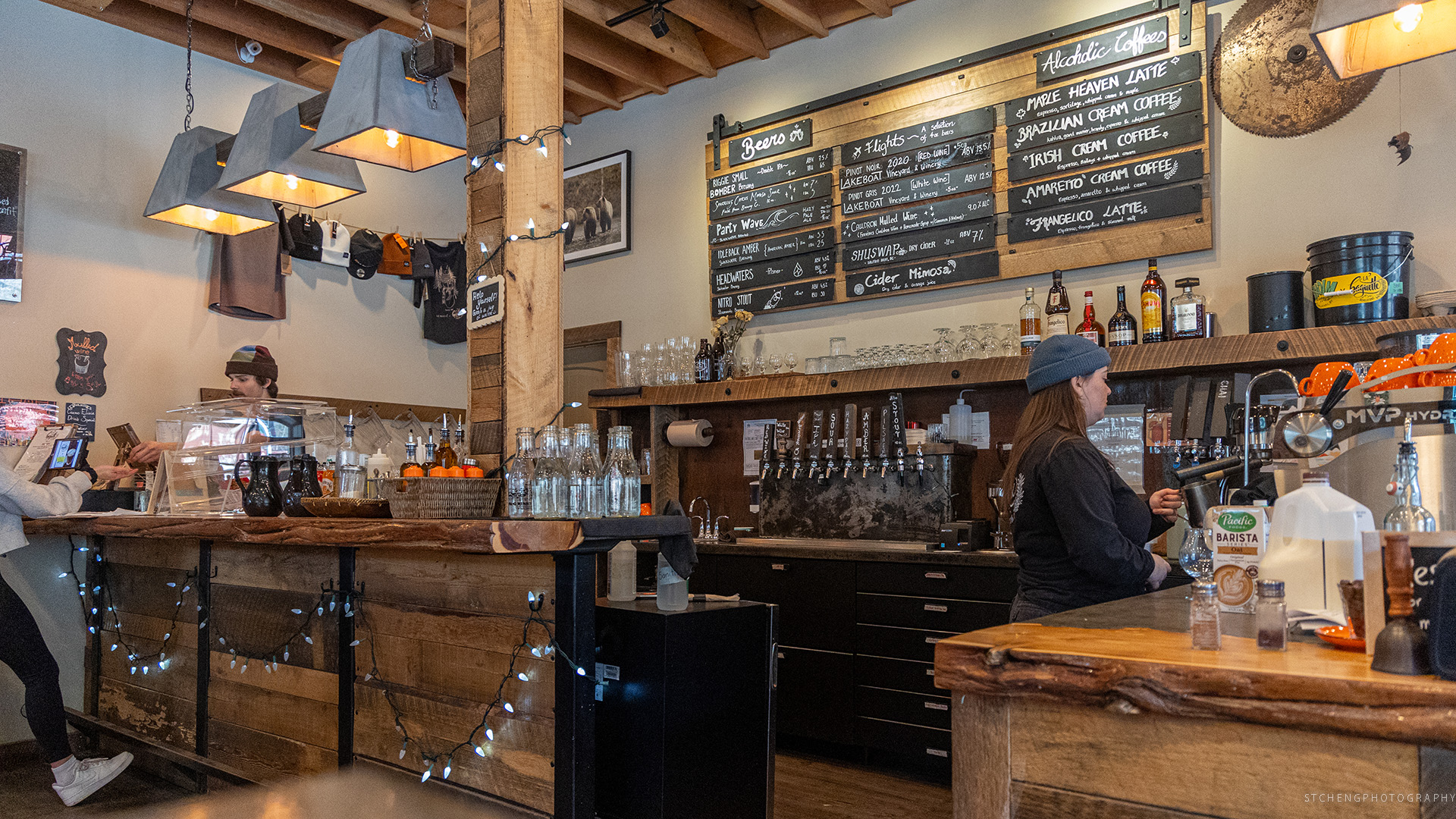Booking a snow trip in advance is a gamble. You take a chance on the weather, hoping for the perfect conditions.
提前预定滑雪行程堪比赌博,若非此次偶然机遇,直滑也难成行。
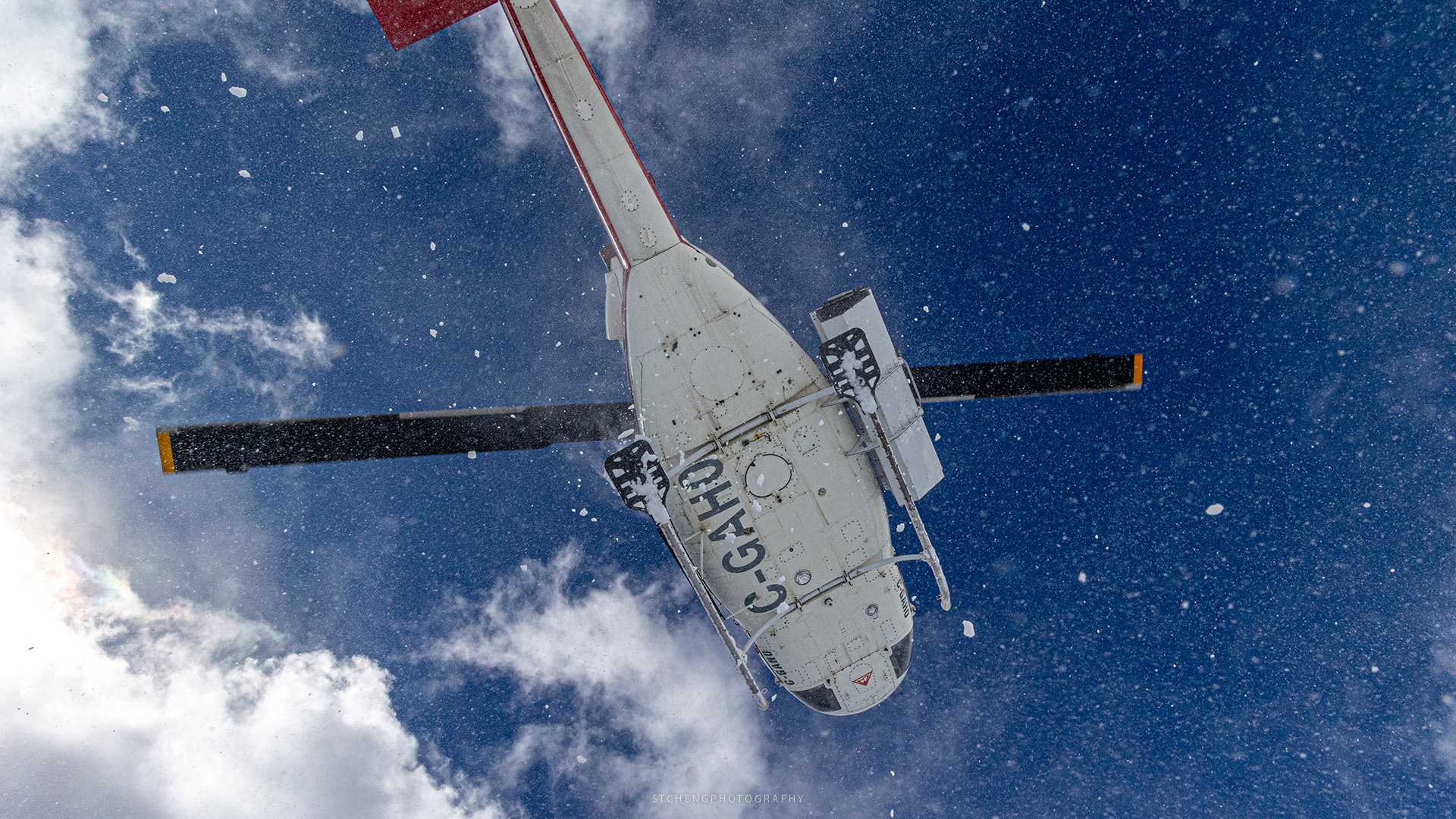
In late March, during my trip from the 20th to 24th, a heatwave brought several days of summer weather to the entire Pacific Northwest. Snow level rose drastically. Revelstoke, a small town, basked in warm sunshine. Only dusty patches of snow remained in the corners of parking lots.
三月中的一波热浪几乎席卷整个北美西北,几乎一个周末的时间,气温从冬天转为夏天。周末提前登滑去了Mount Rainier的Camp Muir,感受到了“直把三月作五月”的体验。又将手机里各种气象预报软件反复打开,最终得以放下执念,决意享受度假时光。

Conditions were completely different on my previous trip to Revelstoke in Christmas 2021. Despite a thin early-season snow base, a winter storm brought frigid temperatures - thermometer dipping down to minus 30 degrees Fahrenheit. This time, however, everything had transformed. The lake was thawed, and new growth sprouted on the branches.
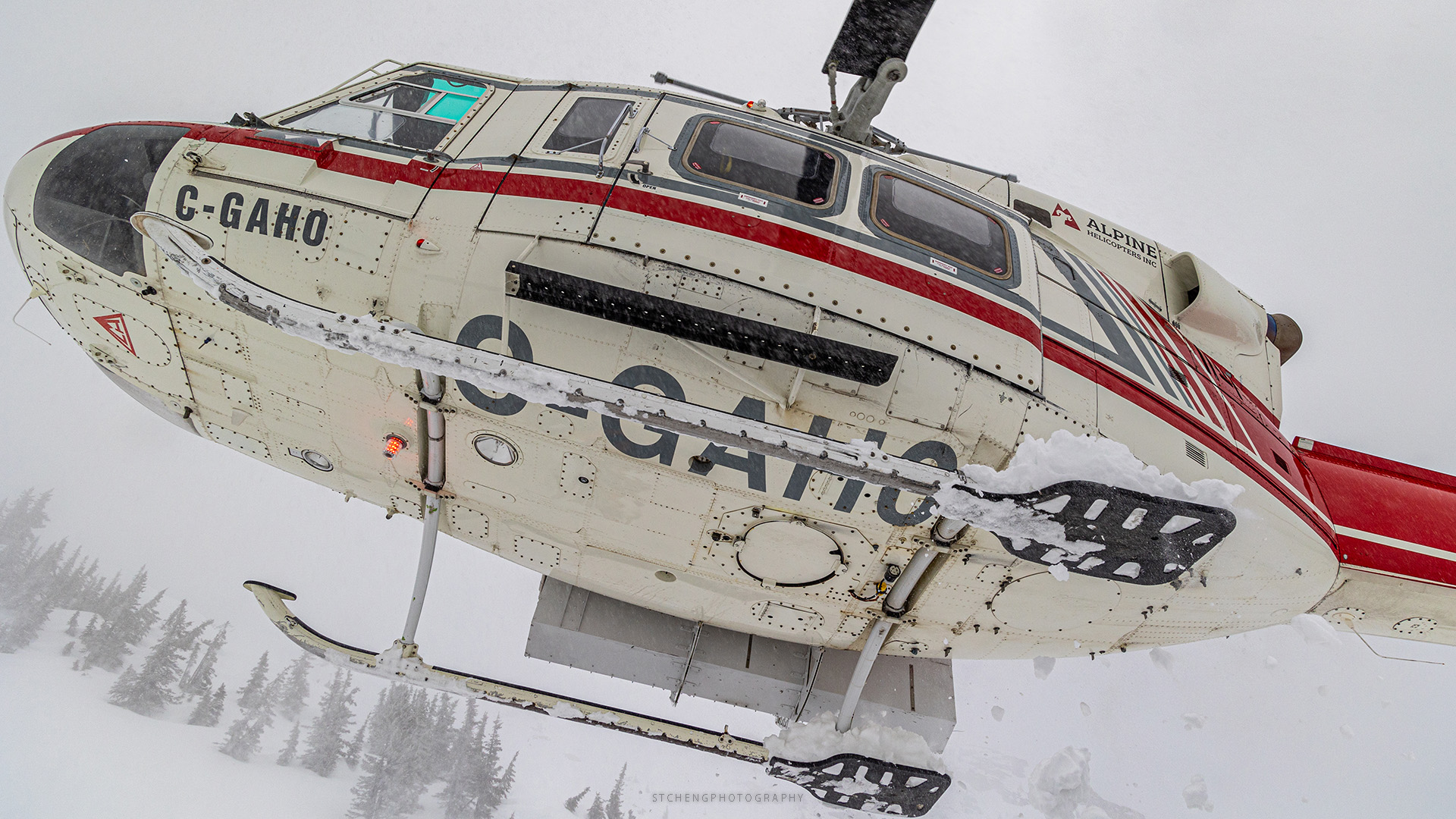
Over the five days, we hoped for some nighttime snowfall, but only a few centimeters accumulated. Landing on the ridges in the helicopter, I encountered a thick layer of ice encasing the powder snow from early March. In some areas, this firm layer was so thick that my boots and board could barely break through it.
Despite the lack of ideal snow conditions, the views were breathtaking, and the guides did find pockets of terrain with softer snow. While experiencing true powder days remained elusive across North America, both in resorts and the backcountry, I found myself surprisingly content - at in-bounds resorts in Salt Lake City or Colorado, fresh snow would disappear immediately after just a run or two; in the backcountry, the single ideal window for harvesting spring corn snow was really narrow, offering just several perfect turns for the entire day’s effort.
Over four days, we explored four distinct areas around Revelstoke, each with unique features. Two days were spent shredding the glaciers, while the remaining two for tree runs and lower-elevation terrains. Checking the terrain map and soaking in the surrounding views, I couldn’t help but imagine the thrills these runs would offer only if snow conditions were ideal.
I also noted down some touring-accessible destinations. Mount Begbie‘s twin peaks stood out, with a seemingly inviting chute facing Revelstoke and the Columbia River. The descent must offer an incredible view.
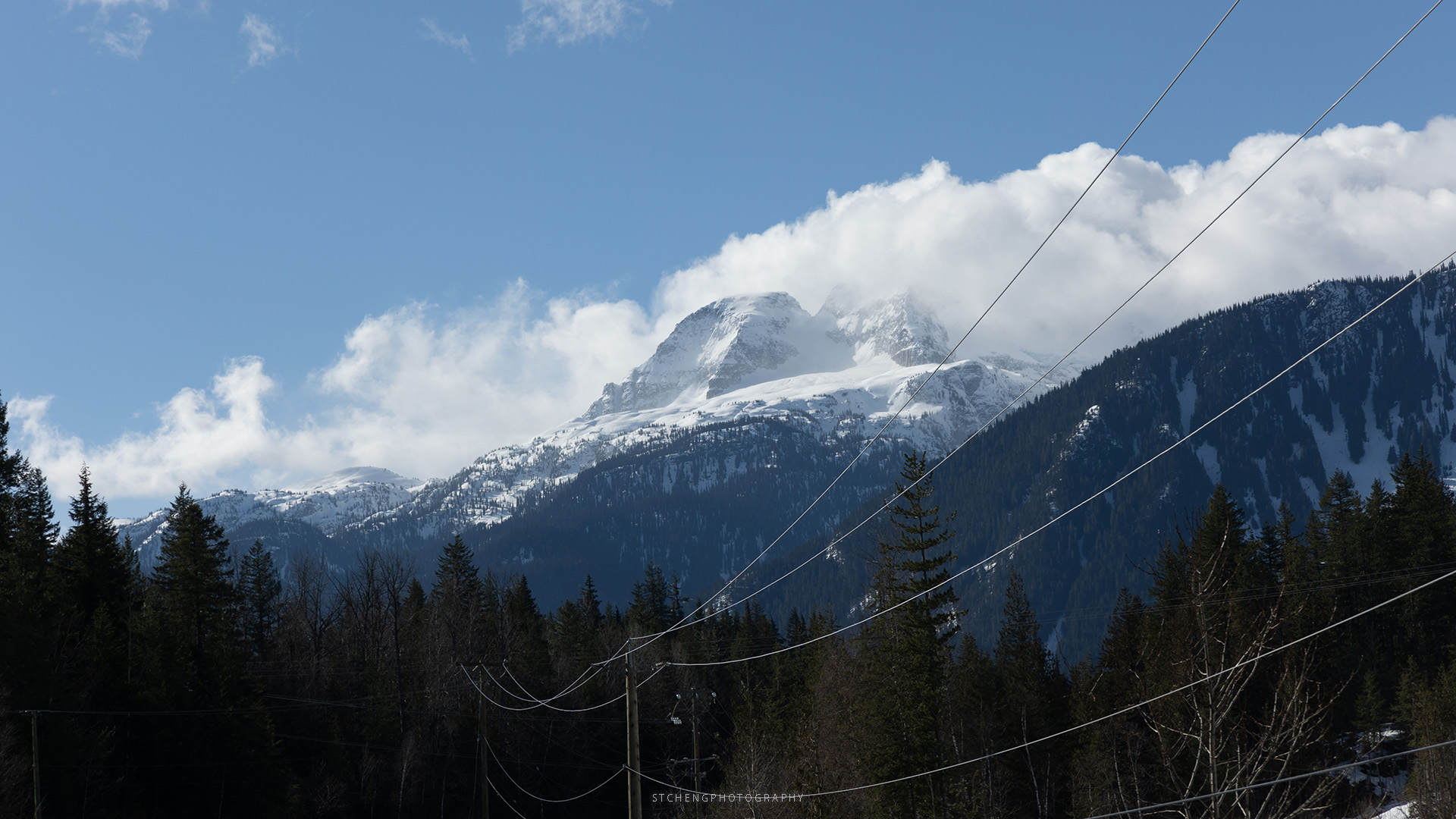
Despite the lack of ideal snow, I thoroughly enjoyed the trip, perhaps due to my lowered expectations. The warm weather allowed me to explore the town beyond the slopes. I enjoyed afternoons visiting museums, restaurants, and bars before dinner.
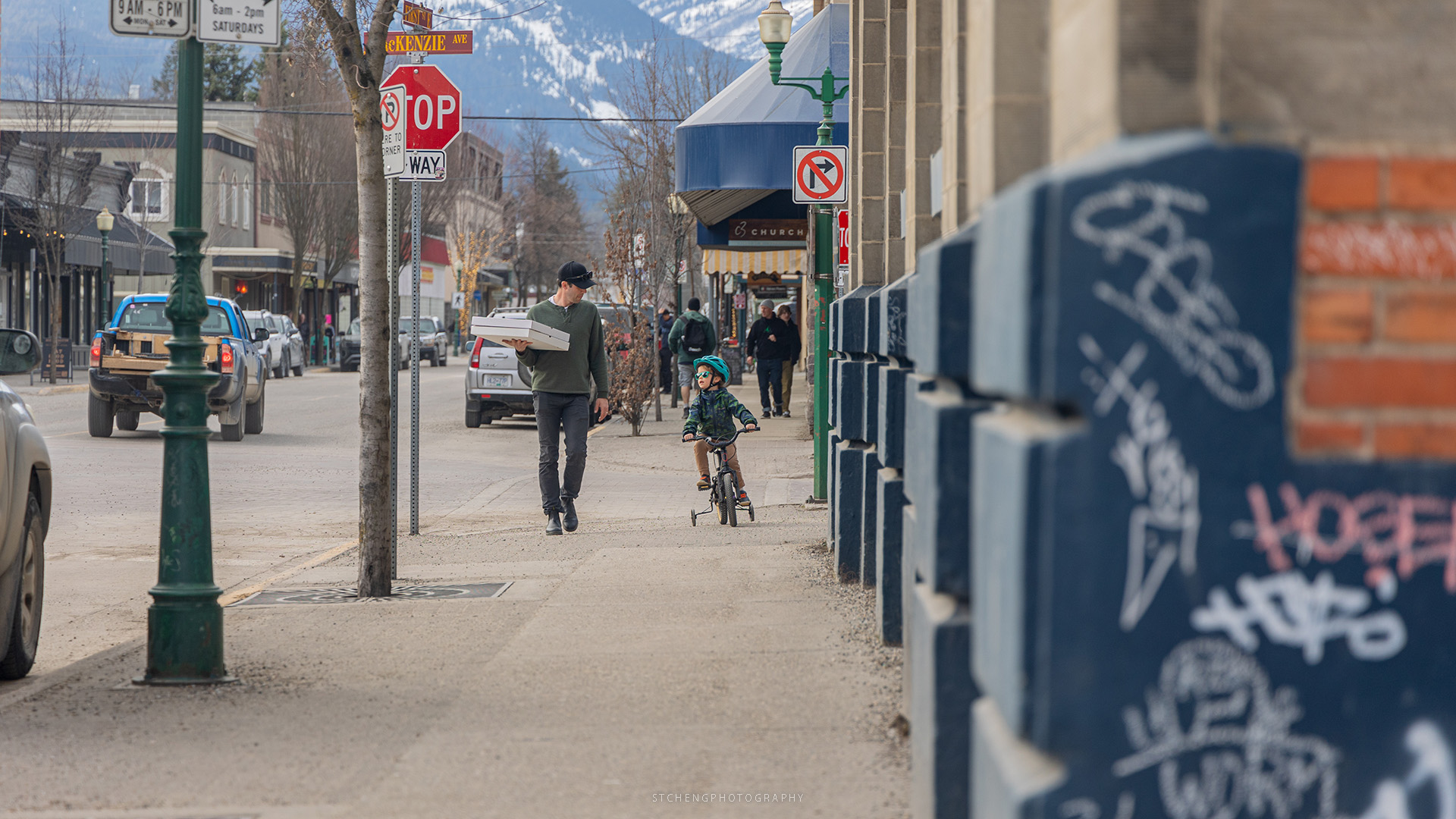
The town has a railway crossing and a nearby railway museum. Displayed were historic locomotives and carts, along with photographs chronicling the construction of the railway from the mountains to the coast. The exhibits highlighted the ‘collaborative efforts’ of various communities.
A charming cafe called “La Baguette“ is worth a visit. Local musicians provided a casual atmosphere in the evenings. I tried the “Frangelica Latte”, which was surprisingly delicious, especially during the winter. With my new luxury coffee machine at home, I might even attempt to recreate it.


